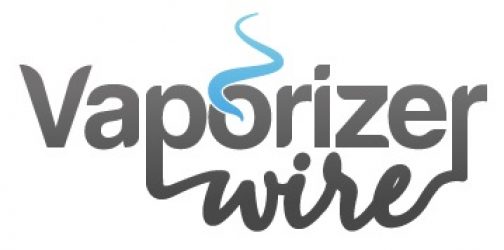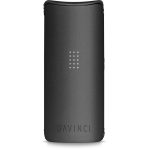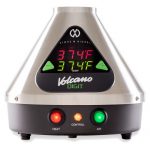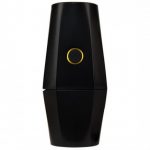Even vaping with 0 nicotine cartridges or blends could still prove to be detrimental to your health and here’s why.
While vaporizing, based on Public Health England’s best current estimate, is around 95 percent less harmful than smoking cigarettes, the fact of the matter is that inhaling just about anything outside of clean, fresh air is likely unhealthy. So while vaping may have its benefits over smoking, there’s nothing like a lungful of fresh air.
Exposing your respiratory system to an aerosol or vapor produced by an electronic cigarette or vaporizer is not ideal. Still, for smokers, there’s a growing body of scientific evidence that points to it being better, or rather, less harmful than smoking. But here’s the catch.
When it comes to vaping, depending on the blend of e-liquid that you’re using, you’re still looking at a potential range of chemicals that your lungs, throat, and mouth could simply do without. In some cases, the ingredients found in e-juices can be toxic. It’s not the propylene glycol (PG) or vegetable glycerin (VG) that’ll get you as both are non-toxic, but the various ingredients that are added on top of these two base ingredients such as flavorings that you’ll want to look out for.
Toxic E-Liquid Ingredients
An example of a toxic ingredient used by some manufacturers to concoct their e-liquids is diketones, which is actually a group of chemicals that includes diacetyl. While the other chemicals in the group–acetyl propionyl and acetoin–are questionable, the inhalation of diacetyl in particular has been linked to a serious health condition known as popcorn lung. Popcorn lung, or bronchiolitis as it’s formally known, first made headlines in the 1990s when microwave popcorn factory employees wound up developing popcorn lung as a result of regularly inhaling significant quantities of diacetyl.
While diacetyl was once used to add a creamy or buttery aspect to foods such as popcorn, it has reemerged as a flavoring for e-liquids. Smart? Probably not, but perhaps not all that surprising given that just about anyone can concoct their own e-liquid, put it in a bottle, slap a label on it, and sell it.
While this potentially harmful ingredient is regulated in food in the United States, there’s no such regulation of its use in e-liquids intended for inhalation – not yet anyways. Subsequently, it’s best to take a proactive approach to avoiding it and other potentially harmful ingredients in your e-liquids by always checking what your e-liquids are made from before you vape them.
Unfortunately for vapers, this is just one of a number of ingredients found in some e-liquids that vapers should steer clear of.
For more information on this topic, check out our guide on nicotine-free vape safety and to learn more about why some users prefer to vape without nicotine, take a look at this guide we put together on 0 nicotine vaping.


 The Best Portable Vaporizer Under $150...
The Best Portable Vaporizer Under $150... You Haven't Lived Until You've Tried This Vape...
You Haven't Lived Until You've Tried This Vape... This Automatic Herb Grinder Can Roll You Joints...
This Automatic Herb Grinder Can Roll You Joints...